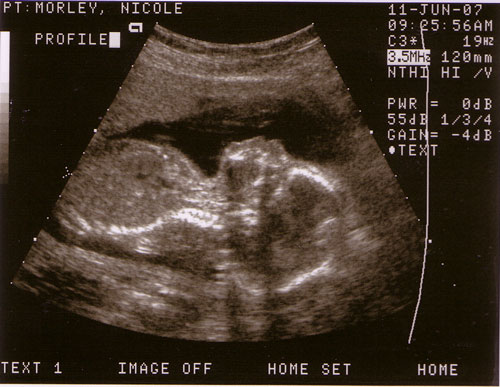I will be speaking at the “Teaching with Technology Information Exchange” conference this year which will be held at Utah Valley State College (soon to be Utah Valley University) on June 7th and 8th. The conference will be held in the Student Center and my session will be in room SC 206 A on Thursday at 10 – 10:50 AM and room SC 115 on Friday at 10 – 10:50 AM. I will be presenting with Dr. Clint Rogers (Research Associate – Faculty at BYU), Dr. Steve Liddle (Director, Rollins Center for e-Business and Associate Professor, Information Systems), and Kyle Mathews (a BYU student) on the topic of “The Present and Future of Web 2.0 Technologies in Teaching and Learning”. Check back after the conference for presentation notes, links, and downloads. You will find the conference fascinating and as always the conference has free registration.
The abstract is below:
Teaching with Technology Information Exchange Conference (TTIX)(June 7-8 at UVSC)
http://www.ttix.org
June 7 – SC 206 A (10 – 10:50 AM)
June 8 – SC 115 (10 – 10:50 AM)
The Present and Future of Web 2.0 Technologies in Teaching and Learning
Information technology continues to challenge educational paradigms (Brown, 2000; Schank, 2002). Keeping up-to-date with the most current trends and technologies that are capturing the minds and imaginations of youth is central to knowing how to structure e-learning experiences in the coming decade. Most of the existing e-learning that has been produced is dry and boring. Current learning management systems are not generally used for learner customization, feedback, or collaboration with other learners and teachers (Rogers, Liddle, Chan, Isom, Doxey, 2007). Additionally, high-quality content that is interactive, novel, and engaging is often “trapped” in a specialized format that is not interoperable, making it difficult to transfer to another technology or purpose.
The objectives of this presentation are to provide alternative mental-models that help teachers integrate Web 2.0 technologies and interactions into current educational practice, show examples of what currently exists, and demo (on day two will give hands-on experience with) a cutting-edge global community learning platform.
In the Web 2.0 era, web users expect the opportunity to interact with one another and to contribute in a participatory, continually evolving, dynamic web. Examples of this phenomenon include Wikipedia (wikipedia.org), a reader-created and -maintained encyclopedia, web logs or blogs (e.g., see blogger.com), and YouTube (youtube.com), which was recently bought by Google for more than $1.6 billion. Although there have been several efforts from institutions like MIT to make available huge amounts of digital content, the usefulness of these materials have been met with mixed results (Hylen, 2006; Terkla & O’Leary, 2006). Most of these online approaches are similar to the enterprise learning management systems (WebCT, Blackboard, etc.) in that they typically have the “course” as the basic unit of organization and they model traditional university courses in being “led by an instructor, following a specified curriculum to be completed at a predetermined pace” (Downes, 2005). They are still focused on content delivery and creation from teachers to learners.
The move itself, however, towards digitization and open sharing of content indicates that the value is not as much the content transfer only, but rather in the learning community, and the use of the content in interactive, creative, and meaningful ways. As the web and learners themselves are changing, online learning invites Web 2.0 platforms that focus more on ongoing content creation and collaboration in communities of people that are both teachers and learners. This presentation will demo and day two will give hands-on experience with a learning system that is being developed to support uploading, reorganizing, ranking, sharing and reusing rich content, assignments, and assessments in a global learning community, using a Web 2.0-style of interaction.


